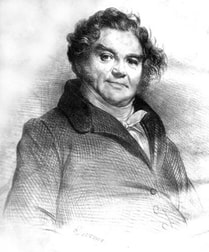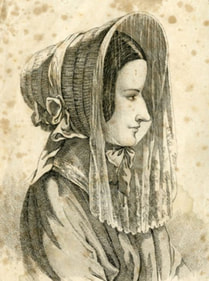Detective Story Origins
Tales involving mysteries and puzzles have existed for millennia, but a literature focused on crime and its detection developed less than 200 years ago. Crooks, cops, and chemistry fostered an appetite for detective stories in the 1800s.
Readers of the 1800s were as fascinated by early toxicology, ballistics, and fingerprints as today’s CSI viewers are by DNA analysis. We can thank crooks, cops, and chemistry for the start and instant popularity of a literature devoted to crime detection. From seeds planted two centuries ago, crime fiction has grown into a sturdy tree with many branches.
Related Page: Edgar Allan Poe
Related Page: Edgar Allan Poe

